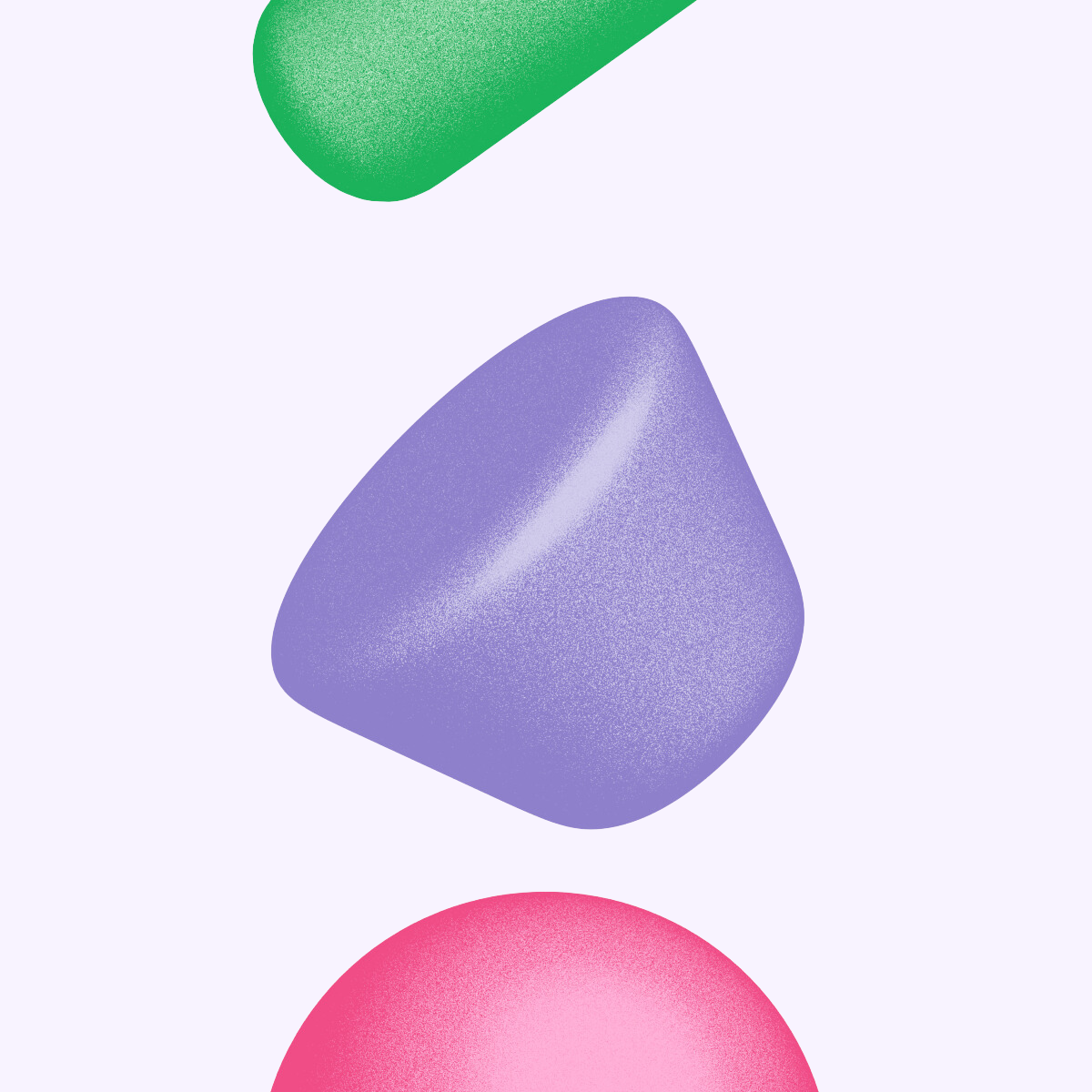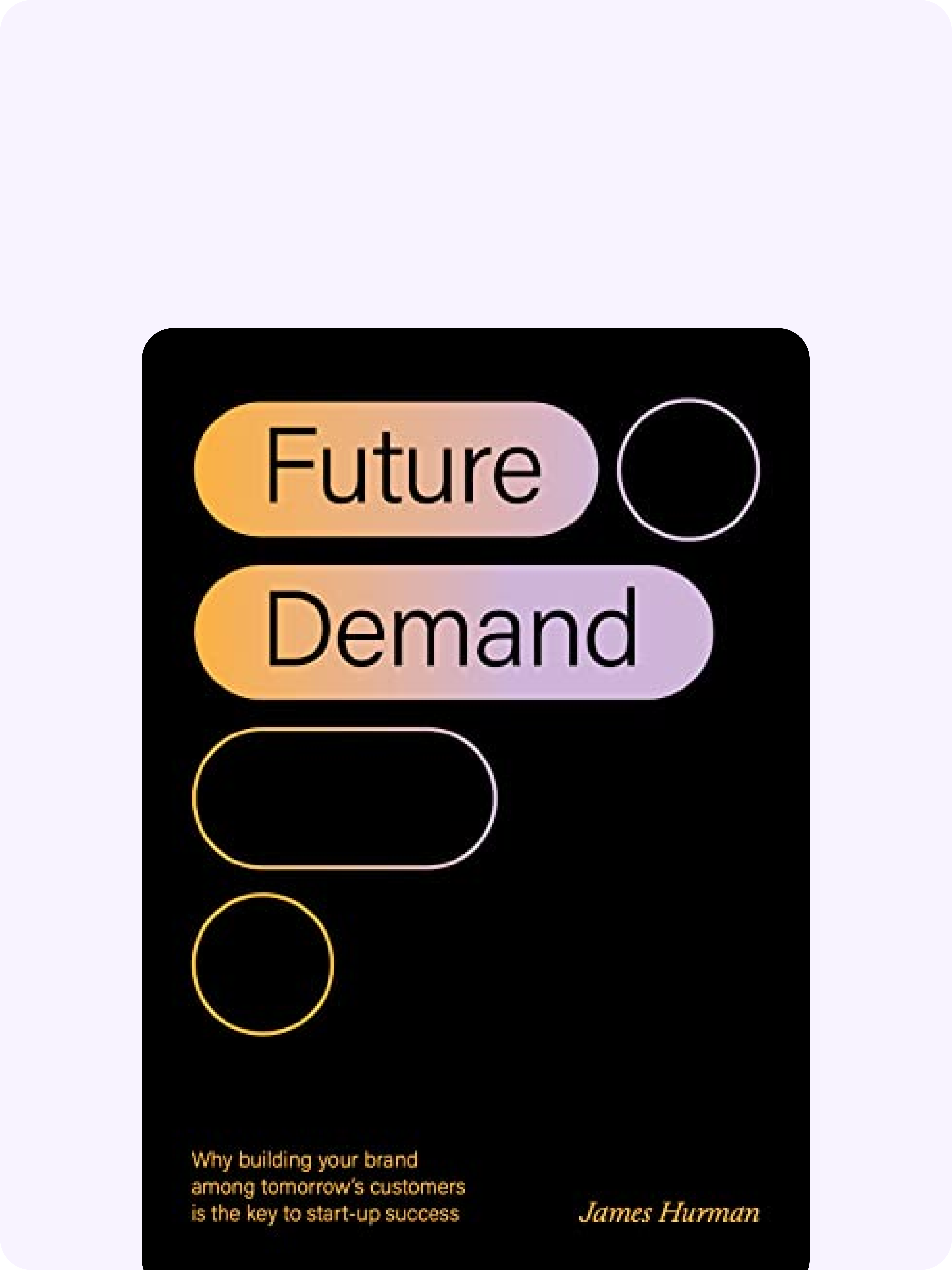Tug-of-war: Bridging the brand vs performance divide

Watch the full Brand x Performance: Nailing the 2025 Growth Formula webinar here, featuring Carly Griffin (Head of Growth, Eucalyptus).
Marketers love a good dichotomy. Traditional vs digital. Awareness vs conversion. Art vs science. And of course: brand vs performance. But this one's more than a philosophical debate—it's a structural headache, and a major reason most marketing teams remain fractured and inefficient.
Performance often gets prioritized simply because it's easier to measure. But easy doesn’t mean better—and it certainly doesn’t mean sustainable.
The real issue? Brand and performance shouldn't be in competition with each other. When companies treat them as separate empires with their own rulers and rituals, they guarantee a fragmented customer experience and diminished returns.
Tunnel vision is the problem
Brand marketers speak in emotion, storytelling, and long-term vision. Performance marketers speak in data, conversions, and cost-per-acquisition. Both groups think they’re right, which means nobody wins.
In the webinar, George Howes, the CEO/Founder of performance marketing platform MagicBrief nailed it when he said, "Viewing brand and performance as two separate channels is an outdated view of marketing." Yet that's how most teams are still structured. You have brand teams briefing glossy campaigns while performance marketers scramble to hack Meta CPMs.
But here's the kicker: the customer doesn’t care. They don't see your org chart. They just want coherent, compelling, trustworthy experiences. And that only happens when brand and performance work together.
The solution: start thinking strategic
- Unify the goalposts: Brand growth equals business growth. So set commercial objectives that unite both functions. Whether it's market share, revenue growth, or customer retention—tie everyone to the same North Star.
- Reorganize around the customer, not the channel: Eucalyptus solved this by nuking their old silos. "We made the decision to give each brand a full stack team," said Carly. That meant brand marketers, performance buyers, creatives, and analysts all sat together, shared budgets, and chased the same outcomes. Just good sense.
- Build creative that graduates: Borrow Eucalyptus' concept of "creative graduation". Test a message on Meta, validate it on YouTube, then scale it into a big brand moment. Start small. Scale what works. Carly put it best: "If it's working on YouTube...you then have the confidence to invest more money in something higher quality."
- Adopt shared language and metrics: Talk CAC-to-LTV. Talk margin. Talk long-term enterprise value.
Takeaway: Brand and performance are multipliers, not opposites
Here’s the truth that makes this so maddening: performance marketing gets better when brand is strong. Brand building improves the performance of your performance marketing.
The high-performing brands of tomorrow will not be the ones with the cleverest media hacks or the prettiest brand books. They will be the ones who smash the artificial wall between brand and performance, and build teams that tell a story and sell.
Because at the end of the day, marketing’s job isn’t to be measurable.
It’s to be effective.



